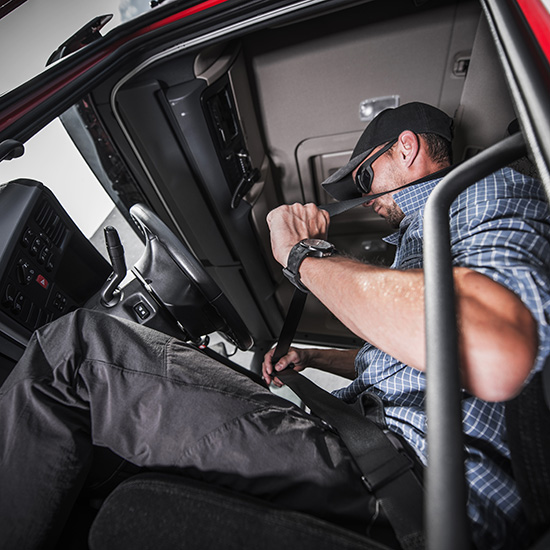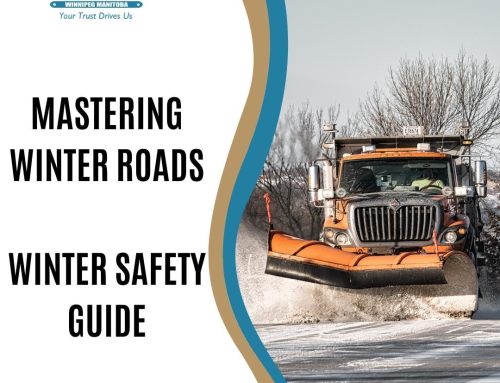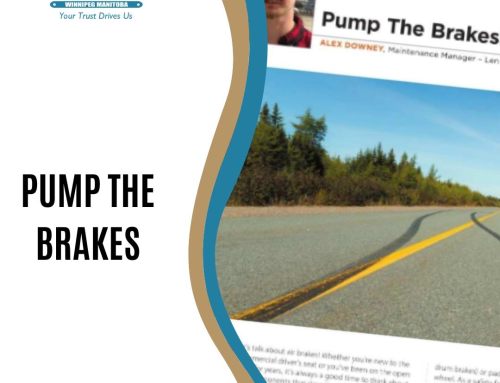 Professional drivers are held to a high standard. We can’t get into bad habits or take reckless actions. The sheer amount of driving we do as truck drivers necessitate that we practice safe driving habits for the safety of everyone on the road.
Professional drivers are held to a high standard. We can’t get into bad habits or take reckless actions. The sheer amount of driving we do as truck drivers necessitate that we practice safe driving habits for the safety of everyone on the road.
There are a few really bad things that drivers do too often. These things can lead to tragedy.
Drive Fatigued
Driver fatigue is a major cause of collisions involving commercial trucks. Driving while tired or fatigued can have the same effects on our driving abilities as alcohol intoxication.
There are several common causes of driver fatigue including sleep apnea, sleep disturbances, driving at a time when you’re usually sleeping, and simple old being awake for a long stretch of time.
It’s important that we use our downtime properly, which includes proper rest. Just because your ELD says you can legally drive doesn’t mean you should. If you’re involved in an accident, and driver fatigue is considered a contributing factor, you can be held liable regardless if you were in compliance with HOS.
Know the Symptoms of Sleep Apnea
Texting and Driving
It’s time to play the No Sh** Sherlock game – distracted driving dangerous. Taking your eyes off the road or engaging in activities that aren’t driving – while driving – is irresponsible. Professionals should know how fast situations can change on the road. A split second late in recognizing what’s happening around you can be the difference between life and death.
Some people feel that they can text and drive safely but science says they’re wrong, and so says the law!
Too Fast Down a Hill
Mountain driving presents unique challenges. It can be a little hellish in the winter. However, even during beautiful summer days it can be tricky for inexperienced drivers.
Just how fast a truck can increase speed while traveling down a mountain grade eludes some newbies. And how long those grades can last can surprise someone who hasn’t been in the mountains before.
One of our drivers (I won’t name him because Jeremy might take offense 😊 ) told me a story about running through the Crows Nest in BC when he first started driving. He was in too high of a gear when he started the grade. At the bottom was a town and there were signs on the highway that said to avoid using engine brakes – so he did. He smoked the brakes but was able to slow the truck enough to take the exit into the town and park. There was so much smoke that the fire chief came to see if there was a tire fire.
Always make sure you’re in a low gear to begin a downgrade. If you’re unsure, err on the side of caution and choose a really low gear. You can more easily go up a gear than slow down to drop a gear. You’re trying finding the gear where the engine break prevents the truck from accelerating and you only need to apply the breaks once in a while.
Traveling Too Fast for Road Conditions
Obviously, when it’s slippery out in the winter you need to slow down. Keep in mind that if it’s too bad to drive – shutting down is a safety decision drivers should make. This keeps you off the road when it’s unsafe to be out there and protects your HOS.
Snow and ice aren’t the only reason to reduce speed. Fog will reduce your visibility considerably. At night you may not be aware of how much your visibility has been reduced. Fog in the winter can also contribute to the road surface ice.
Rain can make your vehicle hydroplane. This will negatively affect your stopping distance and overall control.
High winds. Big trucks are high-profile vehicles with a high center of gravity. Strong sheer winds can tip a truck over on its side. As you can imagine, this sucks if it happens while you’re traveling down the road. All kidding aside, these winds can cause a loss of control which can force you out of your lane or even tip the truck. Slowing down will help keep control and keep the truck upright. When winds are bad enough to cause loss of control – it’s time to find parking as soon as possible.
Safety Number 1
We all want to do our jobs properly. We all want to be on time. Our priority is safety. That text message can wait. If you’re too tired to drive, then you should stop and get rest.
Sometimes conditions make it impossible to be on-time, safely. Professionals choose safely, every time.





